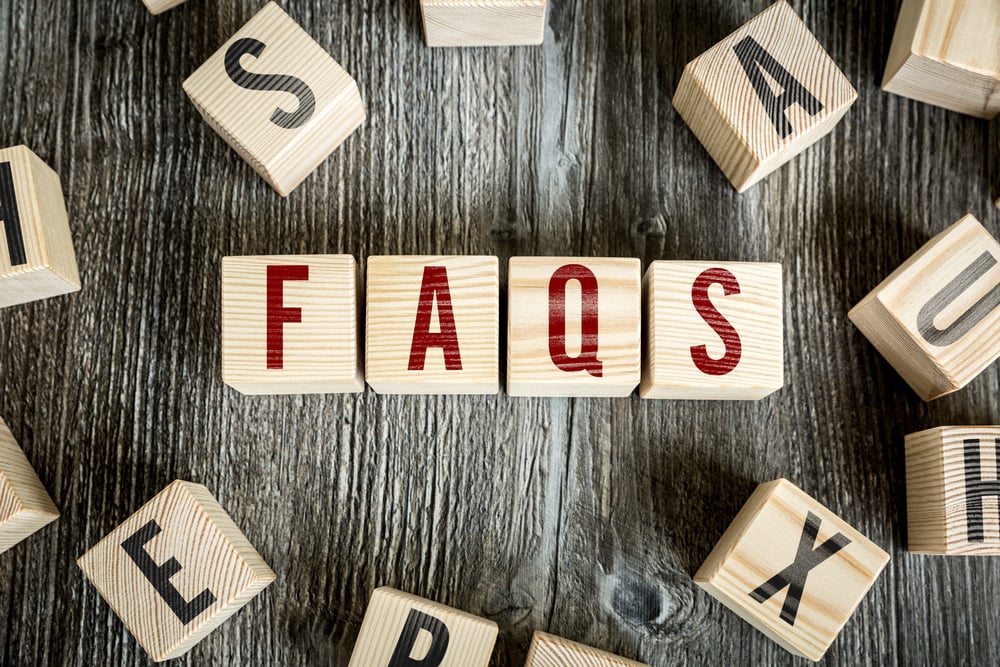

Bid increments are the minimum amount a new bid must exceed the previous bid in your auction. They’re the heartbeat of your bidding activity! The right increments create the perfect balance—encouraging participation while maximizing your fundraising potential. Too high, and you might discourage bidders from jumping in. Too low, and your auction might drag on without reaching optimal values. Finding that sweet spot is crucial to fueling your mission through successful fundraising.
The traditional wisdom suggests setting bid increments at approximately 10% of an item’s Fair Market Value (FMV). For example, that luxury getaway package valued at $1,000 would traditionally use a $100 increment. For especially desirable or premium items, you might push this up to 15% to maximize returns while keeping bidding active and engaging.
Absolutely! Modern auction experts are now advocating for lower bid increments than traditional wisdom suggests. Research shows that slightly lower increments—especially on mobile or online platforms—can actually drive more engagement and potentially higher final bids. Why? Once bidders engage in back-and-forth competition, emotions take over, and they become invested in winning, not just the mathematical value of the item.
There’s no one-size-fits-all magic spell, but we’ve got a research-backed formula that works wonderfully! First, determine your item’s accurate FMV. Then set your starting bid at 30-40% of that value. Next, decide how many bids you want to see (13-15 is considered optimal). Finally, calculate your increment using:
Bid Increment = (FMV - Starting Bid) ÷ Desired Number of Bids
Looking for a practical example? Let’s say you have a weekend getaway package valued at $1,250. You set the starting bid at $500 (40% of FMV) and want to target 13 bids before reaching full value. Your calculation would be: ($1,250 - $500) ÷ 13 = $57.69, which you could round to a clean $50 increment. This would create a bidding path that reaches $1,150 (92% of FMV) by the final bid, and auction experts consider reaching 90% of FMV an excellent outcome!
Yes! The environment where your auction takes place matters tremendously. For traditional paper bid sheets, slightly higher increments work better since bidders must physically return to the sheets to place each bid. With mobile or online bidding, lower increments shine because bidders can participate from anywhere with just a tap, making frequent, smaller increases much more likely. This is where those emotional bidding wars really take off!
Where you begin matters just as much as how you increment! The sweet spot for starting bids is 30-40% of the item’s FMV. This lower entry point doesn’t just encourage more bidders to jump in—it creates the psychological foundation for emotionally-driven bidding that can push final prices well beyond what logical bidders might plan to spend. A thoughtful starting point sets the stage for your fundraising success!
While using consistent increments might seem simpler, tailoring them to each item’s value creates a more strategic approach. Higher-value items can support larger increments while still feeling proportional to bidders. For that special vacation package or exclusive experience, a $50 or $100 increment feels reasonable, while a gift basket might do better with $5 or $10 jumps. The key is maintaining that sweet spot of 7-8 increments between your starting bid and the FMV.
Knowing your donor base is crucial! For community fundraisers like school auctions, more modest increments may encourage broader participation. For upscale galas with high-capacity donors, starting with higher increments might be appropriate. And for causes with especially passionate supporters, test where their enthusiasm threshold lies. Remember: fundraising is about connecting people to your mission, so your bidding strategy should reflect your unique community.
Auction experts suggest aiming for about 13-15 bids between your starting bid and the Fair Market Value. This creates enough engagement to build excitement while keeping the auction moving at a good pace. Too few bids might mean increments are too high, while too many could indicate they’re unnecessarily small. Finding that balance is key to creating a dynamic, engaging auction experience that maximizes your fundraising potential.
If you’re consistently seeing items sell for significantly less than FMV, it might be time to reassess your increment strategy. Consider lowering your increments to encourage more bidding activity or adjusting your starting bids to be more enticing (aim for that 30-40% of FMV sweet spot). Remember that reaching 90% of FMV is considered an excellent outcome in charity auctions—sometimes getting close to value while creating an engaging donor experience is the true win!

Nina Caldwell brings over a decade of nonprofit fundraising expertise to her role at BiddingOwl, where she helps organizations create meaningful connections between their missions and communities. Her journey began with a local animal shelter’s first online auction and has grown into a career dedicated to making fundraising less overwhelming and more successful for nonprofit leaders.